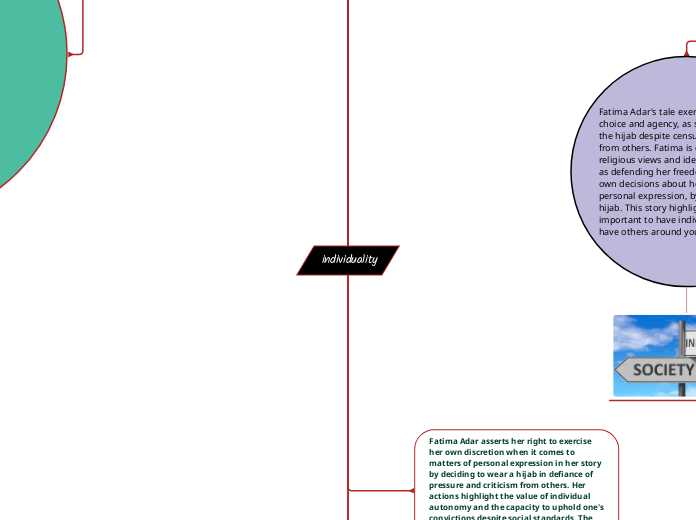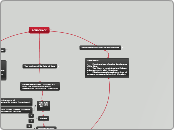von HD - 11TS 714818 North Park SS Vor 2 Jahren
252
individuality
A story by Kurt Vonnegut, Jr., presents a dystopian society where the government enforces strict equality by imposing handicaps on individuals, stripping them of their unique abilities.









